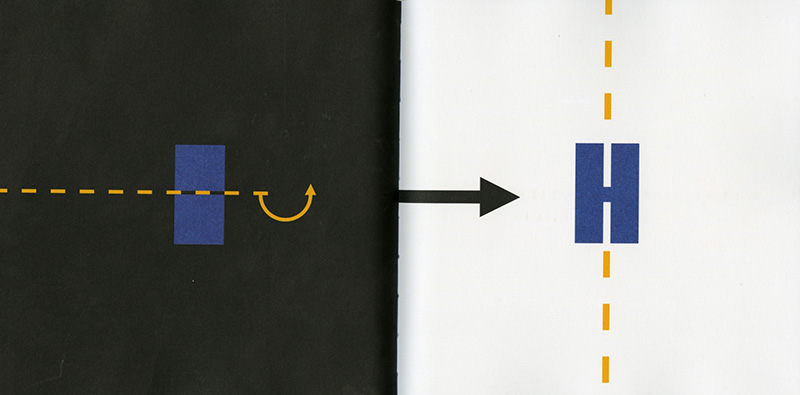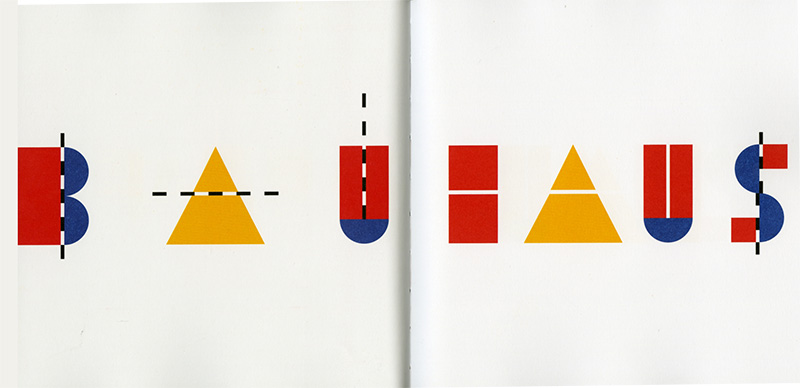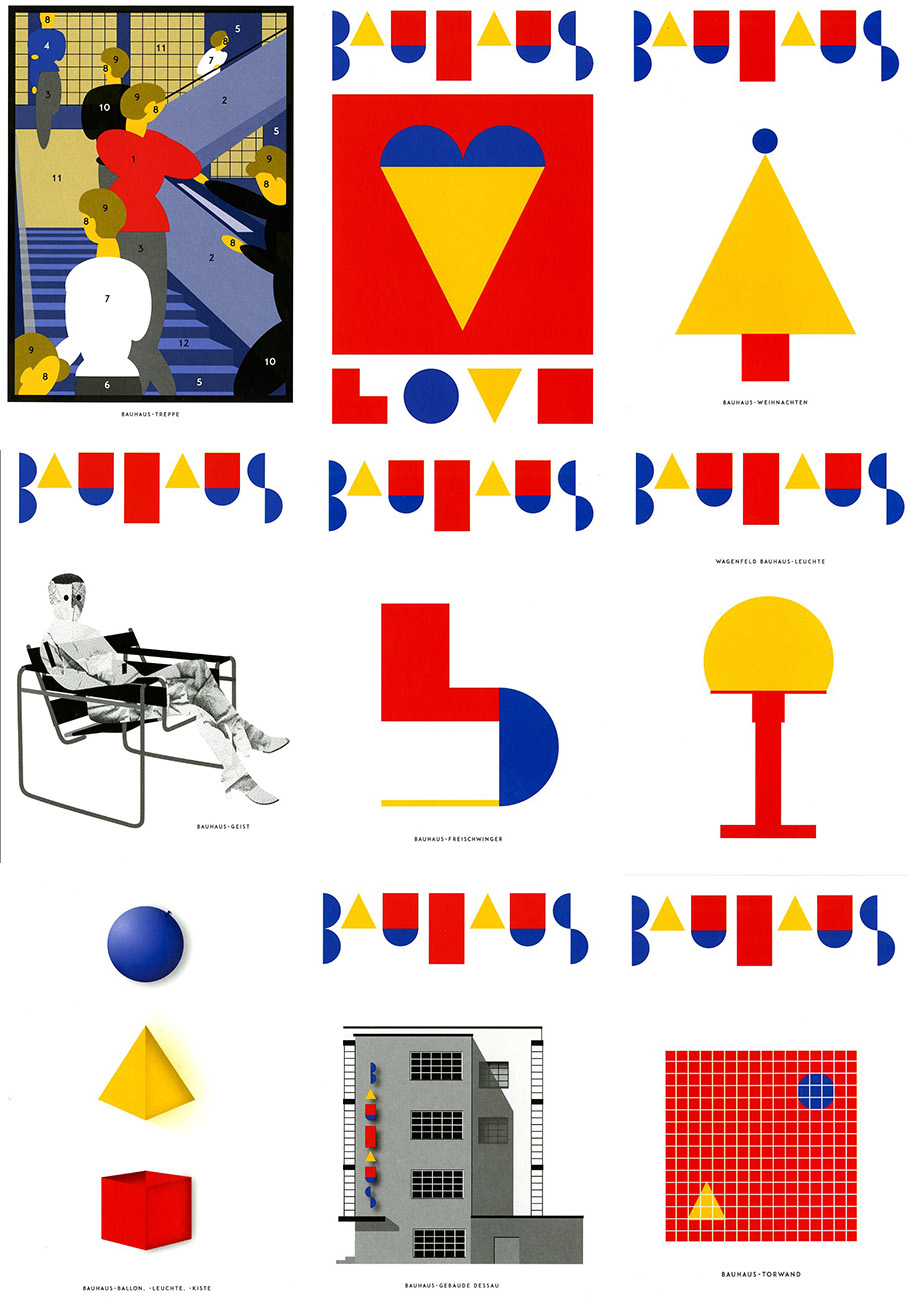
You can never have too much Bauhaus. This is the 100th anniversary of the school, movement, philosophy, and style that has dominated all the design disciplines and the methods of many of its major practitioners. In March I wrote a happy birthday Bauhaus post highlighting some of the celebratory new and reprinted books that have been published this year.
It got me to thinking it would be fun to write a series of historical detective mysteries, The Bauhaus Murders. The first one would be “Typo Killer” about gruesome homicides of masters and students who have one thing in common (nope, not telling). After all, when would I have another chance to combine Modern Design, Murder Mystery, Detective Lit, Typography, and Political Intrigue in one volume?
In my brief outline, Philip Johnson (his life so deftly presented in Mark Lamster’s recent biography The Man in the Glass House: Philip Johnson, Architect of the Modern Century, will be a prime suspect (who else?). But all the major Bauhauslers will have suspicious roles in an investigation that covers a rash of design-inspired serial murders – each murder in someway linked together through a relationship to the Neue Typographie (Spoiler alert: Max Bill is in the throes of his feud with Jan Tschichold. I can say no more, but watch out for Walter Gropius and Joost Schmidt). In fact, the plot it is still germinating.
I have been keeping my eyes open for inspirations. And although this may seem like a shaggy dog way of reviewing two books produced for the Bauhaus milestone, my attention was recently drawn to two new imaginative self-published commemorative volumes on the Bauhaus by Michael Kimmerle, a German graphic-designer, member of the Deutsche Werkbund and designer of children books for the Thienemann Verlag in Stuttgart.


Hommage au Bauhaus: Typo-Essay
The signature assignment using the primary colors Red,Yellow and Blue and the geometric forms Square,Triangle and Circle originate in Wassily Kandinsky‘s classes at the Bauhaus about the basic elements of forms. With these abstract forms Kimmerle traces the Bauhaus style and follows the interaction of Arts and Crafts – one of the basic ideas of the Bauhaus. Without words, as a kind of filmpicturebook, Kimmerle shows the creative process of conception up to the final typografic form-finding in the abstract manner that was so endemic to the Bauhaus modernism 100 years ago.
Imaginary and Real Bauhaus Icons
In this book Kimmerle gives an introduction to the world of the Bauhaus by playing with its basic forms in order to get, step by step, close to the Masters of the Bauhaus in an illustrative and ironical manner. Important is the interdisciplinarity of the different workshops, which have to understand this complex world better to solve their problems. Both books are what Kimmerle calls a “relaxed entry” into thee themes of the bauhaus for younger people and also for bauhaus-fans, without the “deadly seriousness” of the “great historical thick portfolios.”
This book also has an edition of ten postcards (posters as well) with illustrations.

